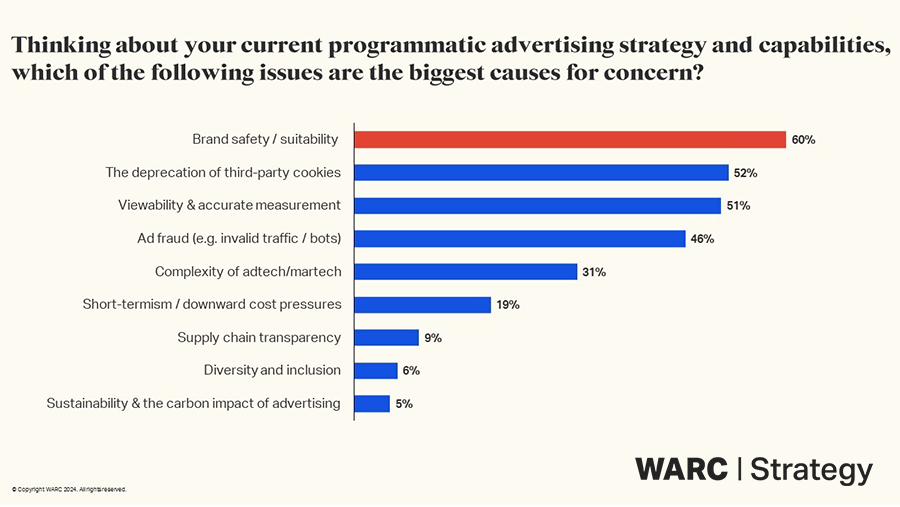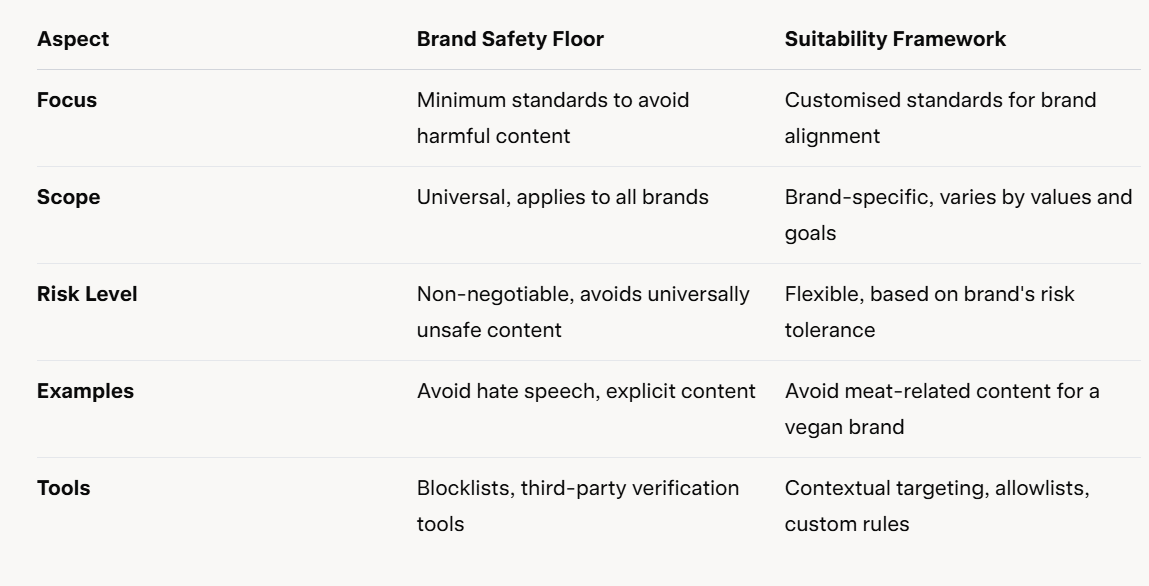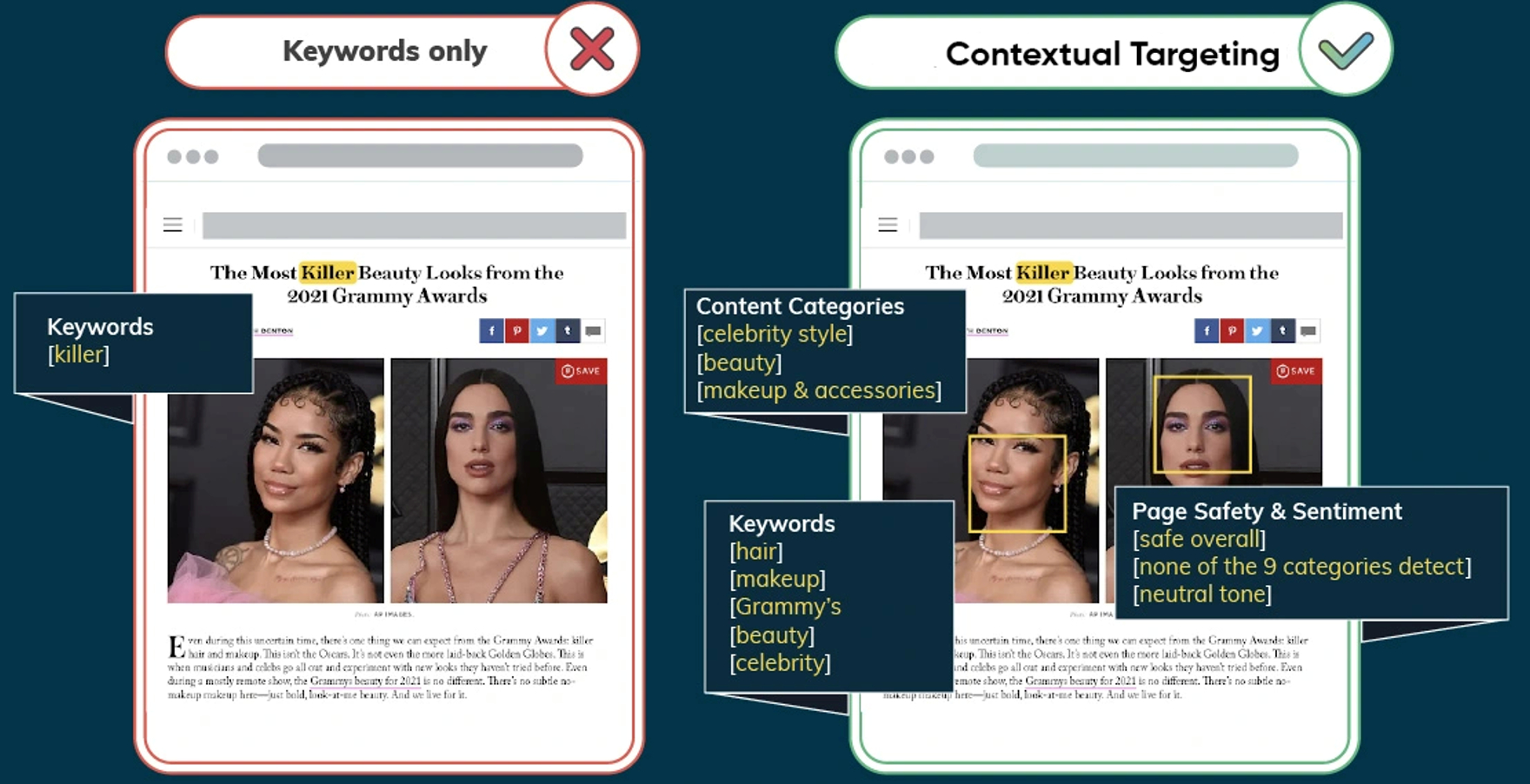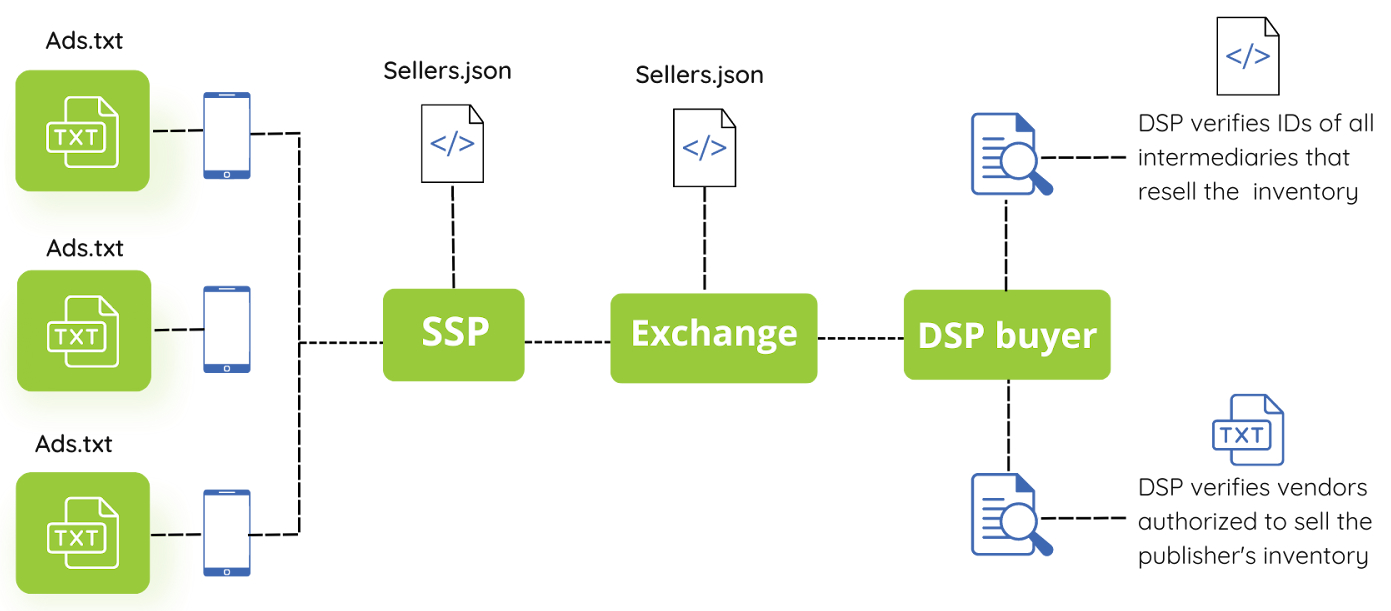In 2020 we published, in conjunction with the MFA and AANA, an updated version of the The Australian Digital Advertising Practices (ADAPs) – which were created specifically for advertisers by a cross-industry team of advertisers, media agencies and digital publishers and subject matter experts.
The ADAPs were created to collaboratively support our local industry:
- Educate: by providing a common understanding of the digital advertising ecosystem (and dispel common misunderstandings).
- Encourage shared responsibility: by ensuring advertisers, agencies, publishers and digital platforms have shared insights and responsibilities for digital spends and outcomes.
- Enable trust & confidence: by building confidence and trust in digital advertising.
Therein we defined Brand Safety as per the below:
Brand safety refers to exposure to an environment and/or context that will be damaging or harmful to the brand. This could be an ad published next to, before, or within an unsafe environment that promotes religious extremism, child endangerment, pornography, drugs or extreme violence.
To access the ADAPs please just CLICK HERE
I personally remember running a trafficking team on 11th September 2001 when we experienced just how limited our tools were at the time to cope with our clients’ ads being delivered within or adjacent to inappropriate content. Ultimately we had to make the decision to simply turn all campaigns off and run only house ads for approximately 48hrs, which had a signifcant impact. Since then, much has changed in terms of the capabilities available to both buyers and sellers – however the core issue of ads appearing in the wrong place at the wrong time or within inappropriate environments can still persist, so we felt compelled to provide some updates and a refresher of recommended practices.
Overall the intention of this article is simply to remind our members of the tools available, provide some key considerations and offer suggested best practices – depending upon a brands’ requirements and appetite for risk. We hope that you find it useful… and please do feel free to feedback.
Why is Brand Safety so Important?
Brand safety is most simply defined as “keeping a brand’s reputation safe when they advertise online”. It is an ongoing crucial topic – as having an impression deliver in the wrong context may not only be wasteful, but potentially harmful as it can contribute to poor brand perception, diminished brand equity or even lead to consumers boycotting a brand and its products.
In Australia trust in brands is particularly high (according to Roy Morgan’s Risk Monitor), so maintaining a positive reputation is critical and a single messaging misplacement can harm years of investment and goodwill. A US-based WARC survey from late last year had this issue at the very top of the list of key concerns for advertisers and agencies leveraging programmatic advertising (as per image below).

Part of the brand safety issue recently has been related to the growth of ‘made for advertising’ (MFA) sites, which is a category of poor quality websites built on catchy headlines, clickbait, and controversial content solely designed to drive traffic and ad revenues. For some local guidance on MFA sites please read our dedicated publication (June 2024) – CLICK HERE
What are some of the Key Considerations?
Before providing some general recommendations we wanted to list some of the related key considerations:
Brand Safety Floor vs. Brand Suitability
The concept of Brand Suitability is to help enhance brand safety by ensuring that a brand’s reputation isn’t disrupted by the content adjacent to it. More importantly, brand suitability is based on understanding the full context of a page to ensure that it is suitable and aligns with a brand’s message, so considering suitability helps to both mitigate risk but also improve campaign effectiveness by:
- helping brands avoid content that is specifically inappropriate for its unique sensitivities and values, but may be appropriate for another brand.
- allowing content that is aligned with a brand based upon its context, sentiment, tone, creative messaging, and other key qualifying factors.
Meanwhile, a Brand Safety Floor is the absolute minimum standard or threshold of content quality that a brand is willing to associate itself with in terms of advertising. It ensures that a brand’s ads are never displayed alongside harmful, inappropriate, or low-quality content that could damage the brand’s reputation or alienate its audience.
What is suitable for one brand, may not be for another, so being able to establish these guardrails importantly depends upon a competent understanding of a brands values and identity and ensuring that ads only appear appear in contexts that reflect that brand’s identity, tone, and values, enhancing authenticity.

Verification Solutions
Verification vendors are ad tech companies that provide tools and services to both buyers and sellers that can monitor, measure, and optimise digital ad placements. They play an important role in ensuring ads are placed into safe, suitable, and effective environments – and often also manage other media quality requirements related to viewability and ad fraud.
Strategies for verifying environments for ads can vary based upon whether or not the detection of content flagged as unsafe or unsuitable happens before the transaction (pre-bid) or after the transaction (post-bid).
It’s worth noting that often additional costs may apply for the different approaches, but in summary:
- Pre-Bid – for detection completed pre-bid, the main goal is to avoid unsafe content specific to an advertiser’s requirements, while some suitability analysis is also possible.
- Post-Bid – for detection completed post-bid, the main goal is to identify unsuitable environments, potentially serve a different default ad creative, and then target away from those unsuitable publishers or other supply sources in any future bidding.
The ideal scenario for using pre-bid in conjunction with post-bid analysis would be to map unsafe or unsuitable URLs found post-bid to their seller and source IDs. Then, the verification partner can levarage pre-bid to block those specific sellers and source IDs for the future. Whilst bidstream data can be extremely valuable in targeting and decision-making, it is often limited when it comes to determining quality because full visibility into where the ad will serve is not available until just before it happens.
Granular controls and classifications empower advertisers to allocate budgets to either align with, or avoid certain content, based upon their campaign objectives and/or brand values. Additionally buyers can establish strong relationships with local publishers by prioritising the safety and suitability of their environments and working with them directly to establish transparent buying paths which are more efficient and effective (supply path optimisation).
Contextual & Semantic Tools
An additional layer of safety can be provided by leveraging the capabilities of contextual solutions. As a definition – contextual targeting is the practice of delivering ads relevant to the content being consumed and the contextual environment that the user is in during that session. The standard approach is to have both category-based and keyword-based contextual targeting.
However, just using keywords is simply not enough. By more fully understanding the content on a page and leveraging deeper semantic insights for targeting (as opposed to simply utilising keywords) once can incorporate more complex taxonomies and leverage the benefits of natural language processing. This will allow for not only a much deeper understanding of the content and context, but the opportunity to then use machine-learning and AI to help analyse content more meaningfully and predict any brand safety risks and refine targeting and exclusion strategies prior to ad placement.

image source: GumGum
To learn more about contextual targeting, read our dedicated handbook – CLICK HERE
Programmatic Transparency Standards
For some time now we have been promoting to both buyers and sellers the consistent usage of IAB Tech Lab’s programmatic transparency standards to help prevent any unauthorised ad inventory sales & enable full transparency in the supply chain.
- ads.txt & app-ads.txt – a simple, flexible and secure method that publishers and authorised partners can use to publicly declare the companies they have sanctioned to sell their digital inventory.
- sellers.json – provides a mechanism to enable buyers to discover who the entities are that are either direct sellers of, or intermediaries in, the selling of digital advertising.

Advertisers can cross-reference the information from both of these files to gain a comprehensive understanding of the supply chain, from the publisher to the various intermediaries involved, optimise accordingly – and help reduce ad fraud, improve brand safety, and build greater trust.
To read more about these standards please just CLICK HERE
Key Recommendations & Further Reading
Establish & Enforce a Framework – create and regularly review your brand identity, equity and values so that you can build a meaningful Brand Safety & Suitability Framework, based upon an agreed appetite for risk. This can function as a meaningful set of guidelines and standards that can be followed to ensure that ads are placed in environments that align with your brand values, reputation, and values – whilst avoiding harmful, inappropriate, or poor-quality content. This framework can help to mitigate risks and optimise ad placements for both safety and relevance, and should include a ‘brand safety floor’ which clearly categorises universally harmful or objectionable content and environments that a brand’s ads & messaging can absolutely never appear within or adjacent to. To see an example of this type of framework from the Brand Safety Institute simply CLICK HERE

Review Your Technology Partners – be prepared to fully review which ad verification technology vendor(s) & contextual solutions you are using and ensure that you understand each vendors’ pros and cons. Also work hard to fully understand any cost implications of using different solutions (e.g. pre-bid & post-bid), and are prepared to invest into mitigating risks adequately in all areas of potential exposure. Any vendors you are considering should be accredited and meet the relevant MRC industry measurement standards (see below for a link to the MRC Accredited Digital Services List). Also, always be prepared to regularly ensure that all the different technical solutions you may be running do not conflict, and are configured to function together seamlessly without issues, particularly if you are running any domain-level protection software or web application firewalls.
Demand Transparency with Commercial Partners – building trust with commercial partners demands transparency on all sides, in terms of both where any ad inventory may be appearing and also the commercial arrangements that are in place. Complying with the relevant standards and specs for programmatic transparency and following industry best practices are critical – and demanding the same from your commercial partners is crucial. Brand safety issues will frequently stem from inadequate safeguards related to blind-buying practices, opaque reselling activities, and a lack of full transparency into commercial arrangements. It’s recommended that brands demand adherence to their Brand Safety & Suitability Framework and insist upon visibility into all associated margins and the resulting activities driven by these commercial incentives. Failure to address gaps such as these can undermine accountability, and as a result may expose brands to levels of risk that could have extremely negative consequences.
Involve & Empower Highly Competent Humans – technology is a powerful enabler, but should always been leveraged as a tool used by competent humans that are appropriately resourced and supported. The drive towards automation is inevitable, but it is highly recommended that people remain at the heart of any processes and that these processes are regularly reviewed to ensure they are functioning properly. No solution is a ‘set and forget’ and enabling your team(s) to fully analyse and optimise how you are managing or delivering brand safety for a brands’ advertising is important. Be prepared to embrace the details and relentlessly improve iteratively how to maintain the expected levels of media quality be leveraging the very best technologies and the very best talent with the very best processes possible.
For further reading on this important topic, please see the links below: